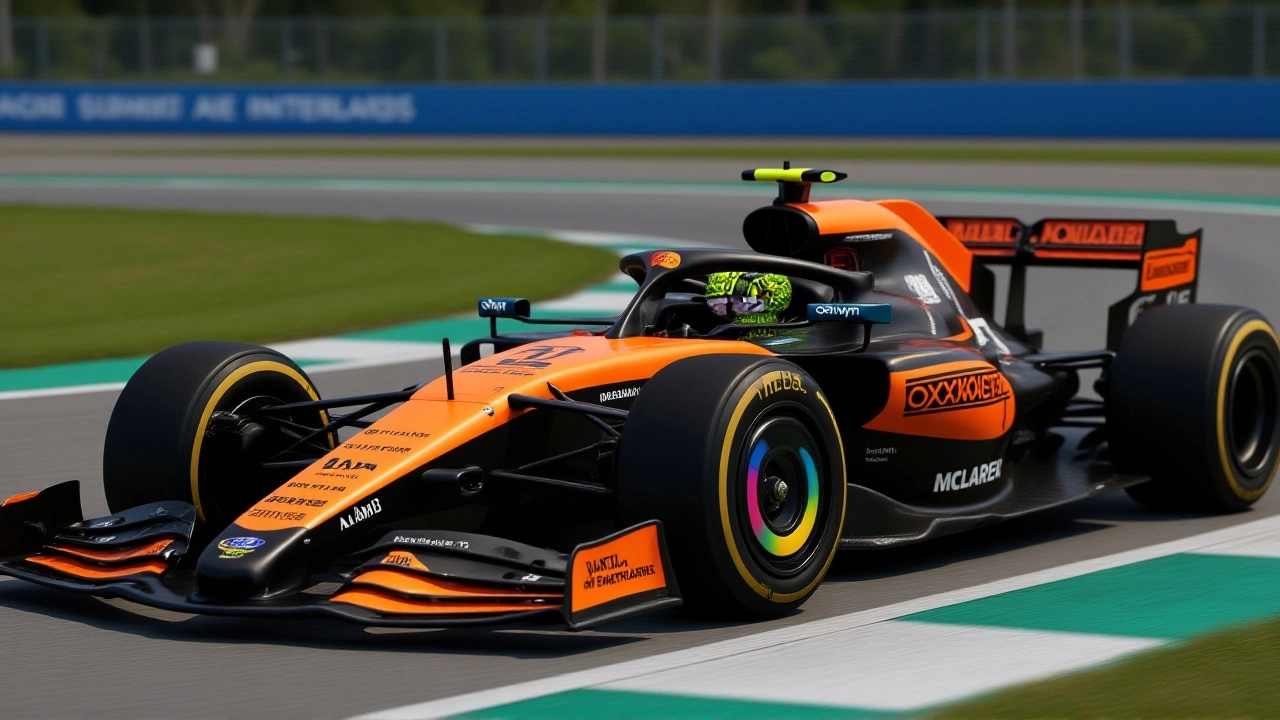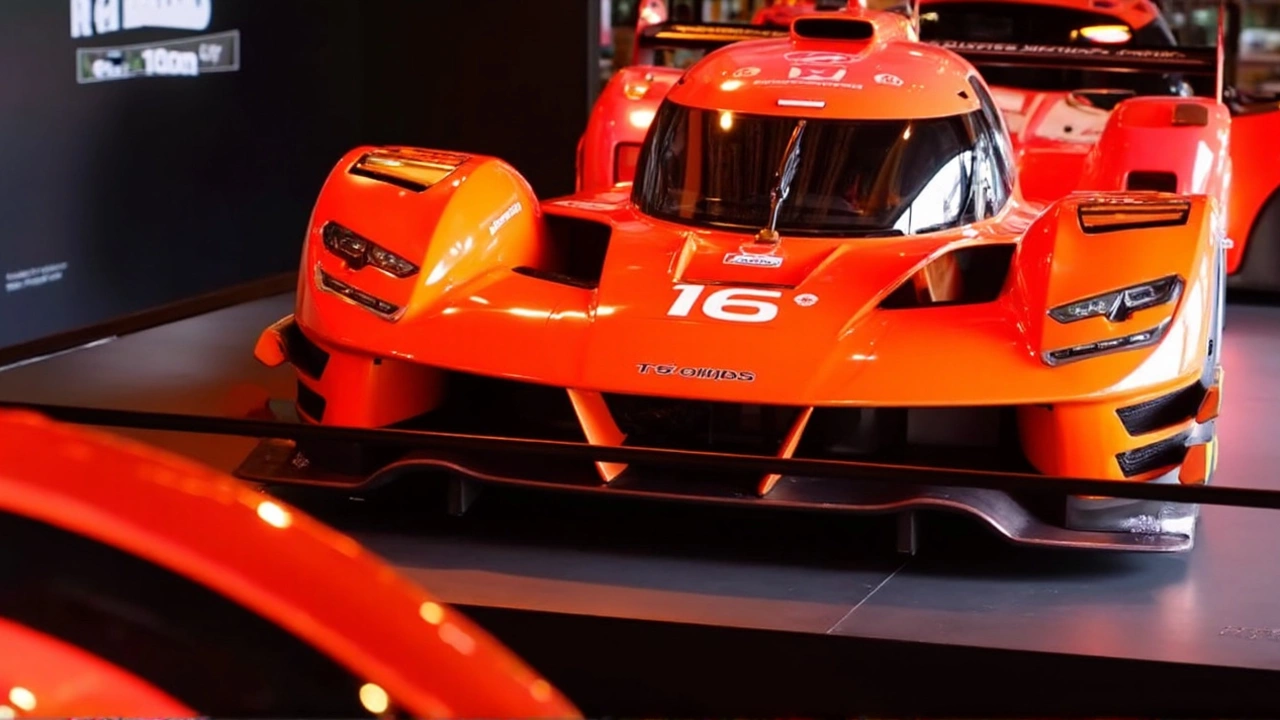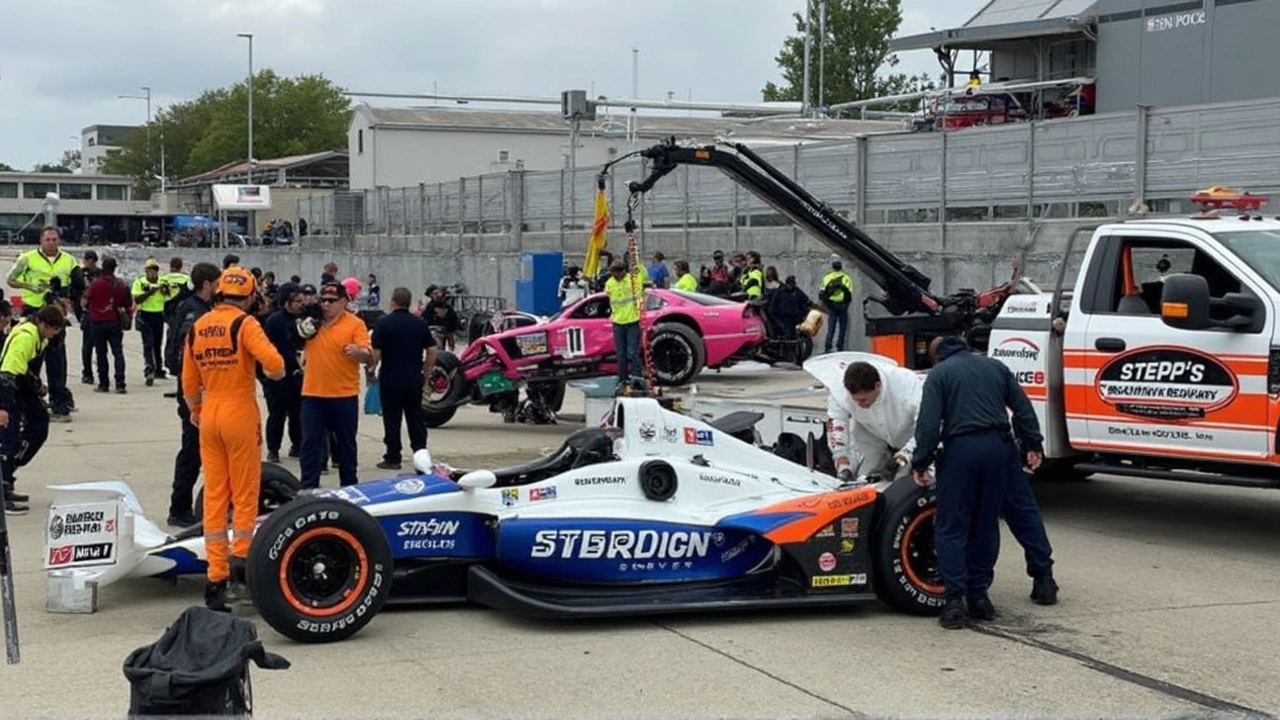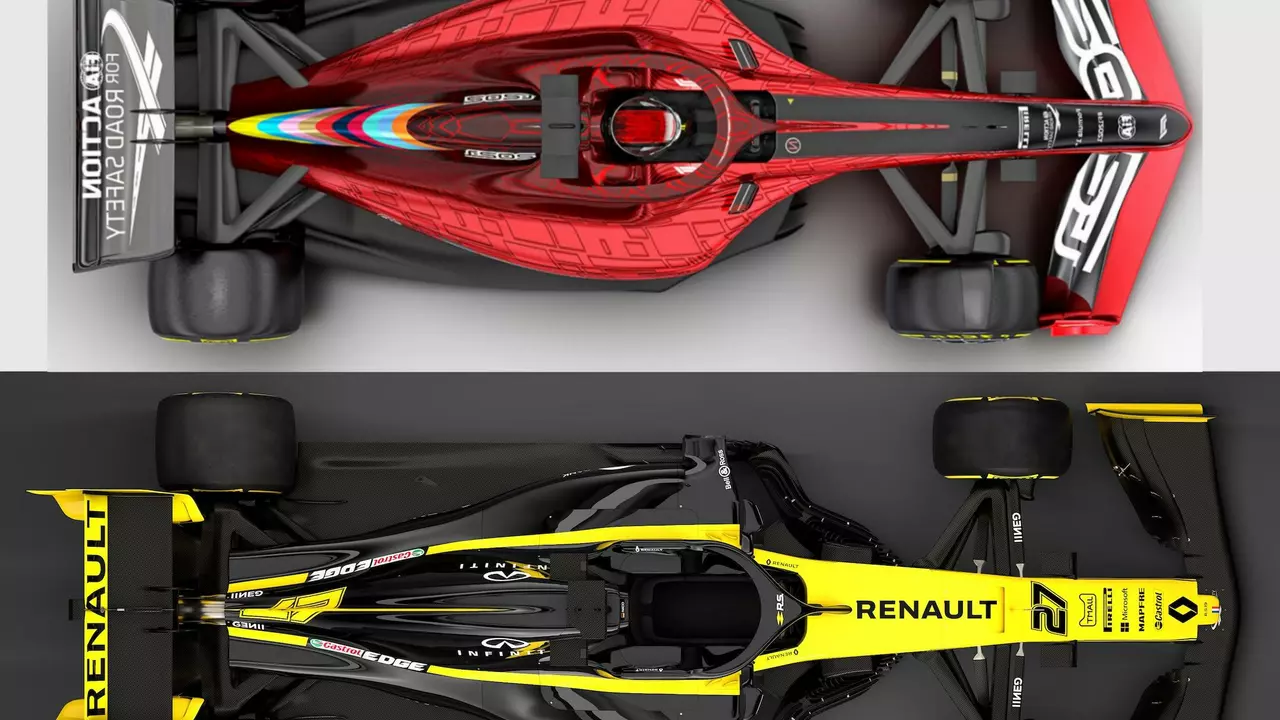Motorsports Hub – Your Fast‑Lane to the Latest Racing Action
Welcome to the place where every rev, overtake, and strategy move gets broken down in plain English. Whether you’re glued to the Le Mans start line, counting down to the Indy 500, or just curious about why a Formula 1 car looks so different from an IndyCar, you’ll find the answers here without the jargon.
Hot Off the Track: Recent Headlines
First up, Hyundai’s racing arm, Genesis Magma Racing, is shaking up the endurance scene. The team will debut in the LMP2 class at Le Mans in 2025, partnering with IDEC Sport to fast‑track their learning curve before the GMR‑001 Hypercar rolls out in 2026. It’s a bold move that shows they’re serious about mastering the 24‑hour marathon before stepping into the top tier.
Next, the drama at the Indy 500 still has fans buzzing. Kyle Larson’s high‑speed crash on lap 91 ended his bid for the coveted ‘Double’ – winning both the Indianapolis 500 and the Coca‑Cola 600 in the same weekend. The accident tangled him with Kyffin Simpson and Sting Ray Robb, but Larson bounced back to Charlotte, ready to chase NASCAR glory again.
Finally, for the gearheads wondering how Formula 1 stacks up against IndyCar, the differences are more than skin‑deep. F1 cars are lighter, more aerodynamically complex, and built for ultimate cornering speed on purpose‑built circuits. IndyCars, on the other hand, carry a bit more weight, have a simpler aero package, and can hit sky‑high top speeds on the ovals thanks to lower drag. Those design choices shape everything from tire strategy to driver technique.
Deep Dives: Comparing Cars and Strategies
Understanding why these cars behave so differently helps you follow the races better. In F1, teams spend millions on wind‑tunnel testing and CFD simulations to shave off fractions of a second. That means each corner is a puzzle of downforce, tire wear, and fuel load. In IndyCar, the regulations keep the chassis and engines closer to a “spec” model, which levels the playing field and puts more emphasis on driver skill and race‑craft, especially when the pack shuffles on a high‑speed oval.
If you’re curious about team tactics, look at Hyundai’s partnership approach. By joining forces with an experienced outfit like IDEC Sport, they get instant access to data, pit‑stop routines, and driver mentorship. It’s a shortcut that many manufacturers use when entering a new series – think of it as a crash course with a seasoned guide.
Meanwhile, drivers like Kyle Larson demonstrate the mental toughness needed to bounce back from a wreck. A crash can cost you points, sponsors, and confidence, but a quick return to the track shows resilience that fans love and teams value. That grit often translates into better performance in the next race, because the driver learns what went wrong and adjusts instantly.
On the tech side, the shift from LMP2 to a Hypercar in the World Endurance Championship isn’t just about speed. It’s about mastering hybrid systems, energy recovery, and balancing fuel efficiency with outright power. Hyundai’s plan to test those systems in LMP2 before moving up means they can refine the hybrid architecture without the pressure of a full‑blown Hypercar debut.
Whether you’re tracking a manufacturer’s roadmap, comparing car specs, or looking for the human stories behind crashes, this page pulls the most relevant bits together. Bookmark it, scroll back for updates, and use the headlines as a quick way to stay in the loop without getting lost in technical manuals.
Ready for more? Dive into each article for a deeper look, and keep your motorsports radar tuned right here. The track never stops, and neither should your curiosity.







